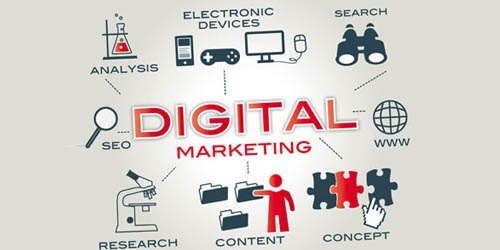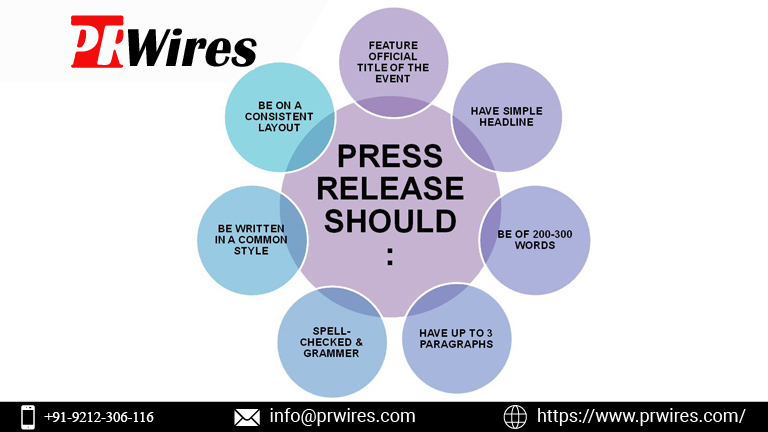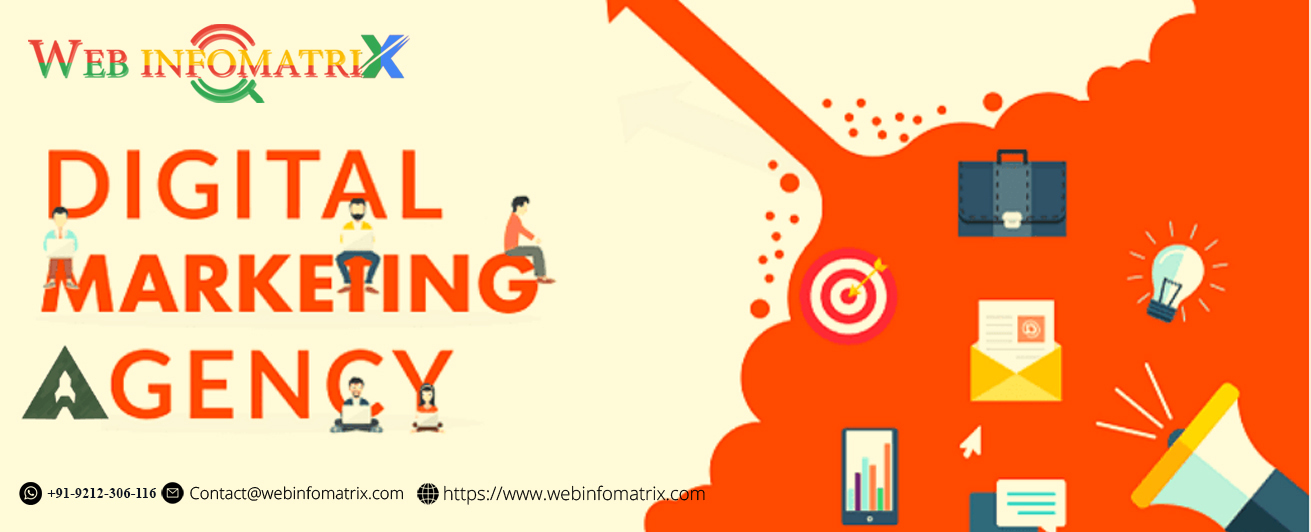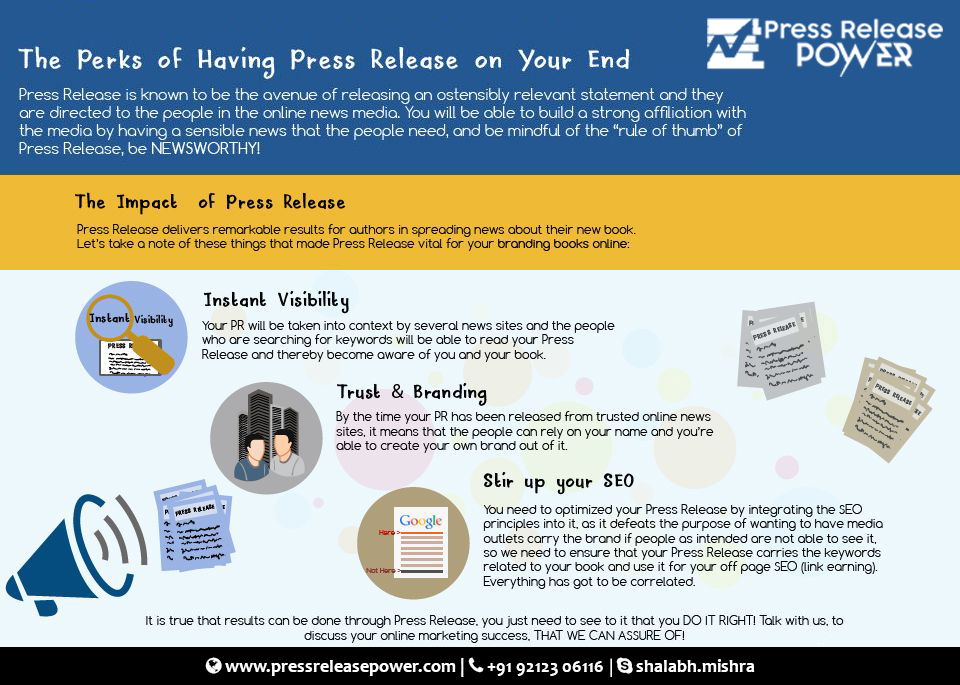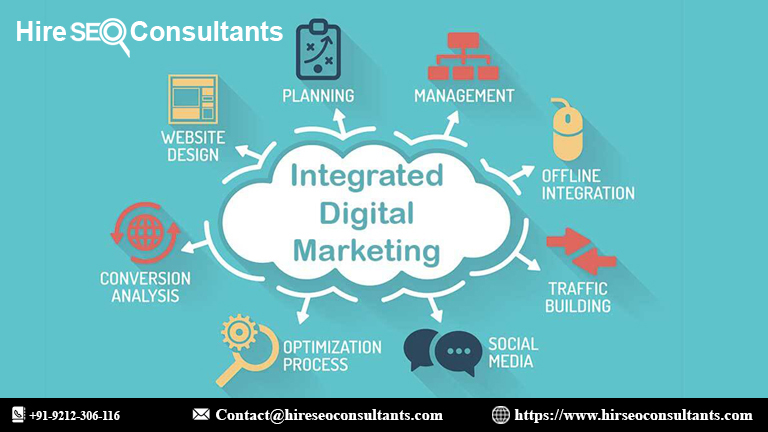Top Artificial Intelligence Applications | AI Applications 2025
Explore the top AI applications in 2025, from healthcare and finance to cybersecurity, content creation, and smart assistants.

Artificial Intelligence (AI) is shaping industries in ways that were once thought impossible. Businesses, healthcare systems, financial institutions, and even entertainment platforms now rely on AI to automate processes, improve decision-making, and create personalized experiences. AI has moved beyond simple automation and is now actively assisting in creative fields, cybersecurity, and even complex problem-solving.
As we enter 2025, AI applications continue to expand, affecting both personal and professional aspects of life. From virtual assistants to medical diagnostics, AI is playing a role in almost every sector. While some people worry about AI replacing human jobs, many industries benefit from increased efficiency and accuracy.
1. AI in Healthcare
AI is transforming healthcare by assisting doctors in diagnosing diseases, predicting treatment outcomes, and even performing robotic surgeries. AI-powered diagnostic tools analyze medical images, detecting conditions like cancer at an early stage. In comparison to traditional methods, AI reduces the chances of human error and speeds up the diagnostic process.
Similarly, AI chatbots provide instant medical assistance, helping patients understand their symptoms before seeing a doctor. These systems are particularly useful in remote areas where healthcare professionals are not readily available. AI is also helping pharmaceutical companies develop new drugs by analyzing complex biological data faster than any human researcher could.
2. AI in Finance
The financial sector has adopted AI for fraud detection, algorithmic trading, and customer service automation. Banks use AI-driven systems to monitor transactions and detect fraudulent activities in real time. As a result, financial institutions can prevent fraud before it affects customers.
In trading, AI analyzes vast amounts of market data, identifying patterns and making split-second trading decisions. This allows traders to react quickly to market changes, reducing risks and maximizing profits. Similarly, AI-powered chatbots handle customer inquiries, providing instant assistance and freeing up human agents for more complex issues.
3. AI in E-Commerce
E-commerce platforms use AI to personalize shopping experiences, recommend products, and manage inventory efficiently. In particular, recommendation engines analyze customer preferences and suggest products based on browsing and purchase history. This improves customer satisfaction and increases sales.
Similarly, AI-powered chatbots assist shoppers by answering questions, guiding them through the purchasing process, and handling complaints. Retailers also use AI for demand forecasting, ensuring that products are stocked based on real-time trends rather than outdated sales data.
4. AI in Cybersecurity
With cyber threats evolving rapidly, AI is playing a crucial role in protecting sensitive data. AI-driven security systems monitor network activity, detect anomalies, and respond to potential threats in real time. In comparison to traditional cybersecurity methods, AI reacts faster and analyzes vast amounts of data without human intervention.
Organizations rely on AI to protect against phishing attacks, malware, and data breaches. In spite of advancements in security, cybercriminals also use AI to develop more sophisticated hacking techniques. As a result, cybersecurity experts must constantly improve AI-driven security measures to stay ahead of threats.
5. AI in Content Creation
AI is now assisting in writing, video editing, and even digital art generation. Content creators use AI-driven tools to generate ideas, refine text, and create visually appealing graphics. Not only does this speed up the creative process, but it also helps individuals and businesses maintain a consistent content strategy.
In particular, AI is being used in entertainment to generate synthetic media. AI porn generator, for example, utilize deep learning models to create realistic adult content. Although this raises ethical concerns, it highlights the extent to which AI is advancing in digital content creation.
6. AI in Education
Education is another field where AI is making learning more accessible and personalized. AI-driven platforms analyze students' progress, identifying areas where they need improvement. This allows educators to tailor lessons based on individual learning styles.
Likewise, AI chatbots assist students by answering questions, providing explanations, and even grading assignments. Automated grading systems save teachers time, allowing them to focus on developing better teaching strategies. AI-based language translation tools also help students learn new languages more efficiently.
7. AI in Smart Assistants
Virtual assistants like Siri, Alexa, and Google Assistant have become part of daily life. These AI-powered tools help people manage schedules, control smart home devices, and answer general queries. With advancements in natural language processing, virtual assistants are becoming more accurate in understanding human speech.
Similarly, businesses use AI-driven assistants to handle customer interactions, schedule meetings, and automate routine administrative tasks. This reduces workload and improves efficiency in the workplace. As AI continues to evolve, virtual assistants will become even more capable of performing complex tasks.
8. AI in Entertainment and Media
Streaming platforms use AI to recommend movies, TV shows, and music based on user preferences. In the same way, gaming companies integrate AI to create realistic non-playable characters (NPCs) that adapt to player behavior. AI-driven animation tools help filmmakers generate high-quality visual effects with minimal effort.
AI is also assisting in journalism by generating news reports based on real-time data. While human journalists are still needed for investigative reporting, AI helps with summarizing financial reports, sports results, and weather updates quickly and accurately.
9. AI in Manufacturing and Robotics
Manufacturing companies rely on AI-powered robots to assemble products with precision and speed. These robots reduce production costs and improve workplace safety by handling dangerous tasks. AI-driven quality control systems also identify defects in products before they reach consumers.
Similarly, AI is used in predictive maintenance, helping manufacturers identify potential equipment failures before they occur. This prevents unexpected downtime and reduces maintenance costs. In logistics, AI optimizes supply chain operations, ensuring efficient transportation and inventory management.
10. AI in Marketing and Advertising
Marketers use AI to analyze consumer behavior and create targeted advertisements. AI-driven algorithms identify trends, helping businesses craft effective marketing strategies. Automated tools manage social media campaigns, ensuring that content reaches the right audience at the right time.
Not only does AI improve ad targeting, but it also assists in content generation. Some platforms provide all AI tools in one website, allowing businesses to access multiple AI-powered solutions, such as text generation, image editing, and speech synthesis, in a single place. This simplifies the process of creating and managing digital marketing campaigns.
Conclusion
AI is no longer a futuristic concept—it is actively shaping industries and improving daily life. From healthcare and finance to cybersecurity and content creation, AI applications continue to grow in 2025. Businesses use AI to improve efficiency, individuals rely on AI-powered assistants, and industries benefit from automation and data analysis.
Despite concerns about AI replacing jobs, it is clear that AI also creates new opportunities. The key is to use AI responsibly while balancing innovation with ethical considerations. As AI technology continues to advance, its applications will become even more integrated into everyday activities, shaping the future of work, entertainment, and human interaction.
What's Your Reaction?













